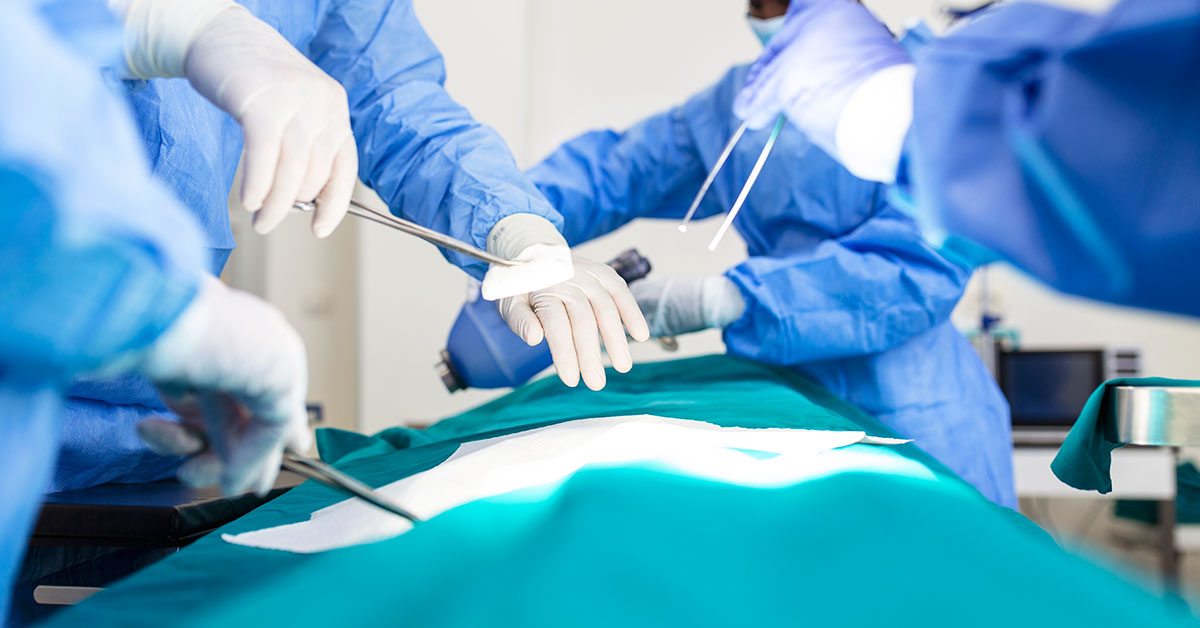Laparoscopy or keyhole surgery has taken a huge dimension in the field of urologic surgery. There are various laparoscopic procedures such as laparoscopic ureterolithotomy, pyloplasty, and nephrectomy, which help in resolving urological issues. Some of the issues that can be solved with it are ureteric stones, kidney stones, kidney removal, and PUJ obstruction.
If you experience any symptoms of kidney-related issues then you can contact the best kidney specialist in Siliguri, who can perform a laparoscopic procedure to help you make a speedy recovery. The doctor will first diagnose your health condition such as history of abdominal surgery, obesity, and pregnancy to recommend the minimally invasive surgical procedure.

Given below are some of the potential benefits and risk factors associated with laparoscopic surgeries.
Benefits
- One of the major benefits of laparoscopy is that it causes extremely minimal scars. This is because in this procedure smaller incisions are made only to insert the surgical tools and laparoscope. After completion of the method, a few stitches are made which becomes unnoticeable after recovery.
- Another benefit of this effective procedure is that it is highly versatile. Any type of urologic issues that require surgery can be treated with the method such as adrenal tumours, removal of bladder or kidney, varicocele, and cancerous prostate removal.
- With the help of laparoscopy, you will experience a faster recovery as compared to traditional open surgeries. This less invasive procedure is often performed by an urologist doctor in Siliguri on an outpatient basis, where the patient can go home after the follow-up. The fast recovery process also helps you in returning to your normal life soon.
- The risks of complications associated with surgery are also lower in laparoscopy as a complex procedure is conducted with small incisions and precision. This significantly decreases the chances of suffering from excessive swelling, infection in the surgical site, and loss of blood.
- Laparoscopy involves small incisions, which leads to less trauma, brushing, and swelling. Due to this, you will feel less pain during your post-surgical recovery period. The surrounding tissues of the incision will also heal faster with extremely minimal internal or external scarring.
.jpg)
Risks
- One of the main risks associated with laparoscopy is related to the usage of carbon dioxide. This is because not all the gases are removed after the surgery and the remaining gas can increase the size of your abdomen. It can also create pressure in the phrenic nerve and diaphragm, which can cause pain and breathing issues.
- This procedure can be extremely risky for those who are suffering from any type of pulmonary disorder. The gases or air used during laparoscopy can worsen their symptoms and this is why open surgery is recommended in such cases.
- Another risk associated with it is caused due to the trocar placement. The insertion of this trocar can cause major complications such as bowel injury or vascular injuries.
- The general anaesthesia that is used during the procedure to reduce pain can also sometimes become risky as it increases the chances of serious allergic reactions.
- The risk of hypothermia due to the involvement of cold gases during the surgery is another complication, which can be avoided through surgical humidification therapy.
Despite of the risks associated with the method, laparoscopy is still widely used by every best urologist in Siliguri. This is because it is considered the best option to control the distressing symptoms and pain of urological issues with less scarring and side effects.
Comments (0)





